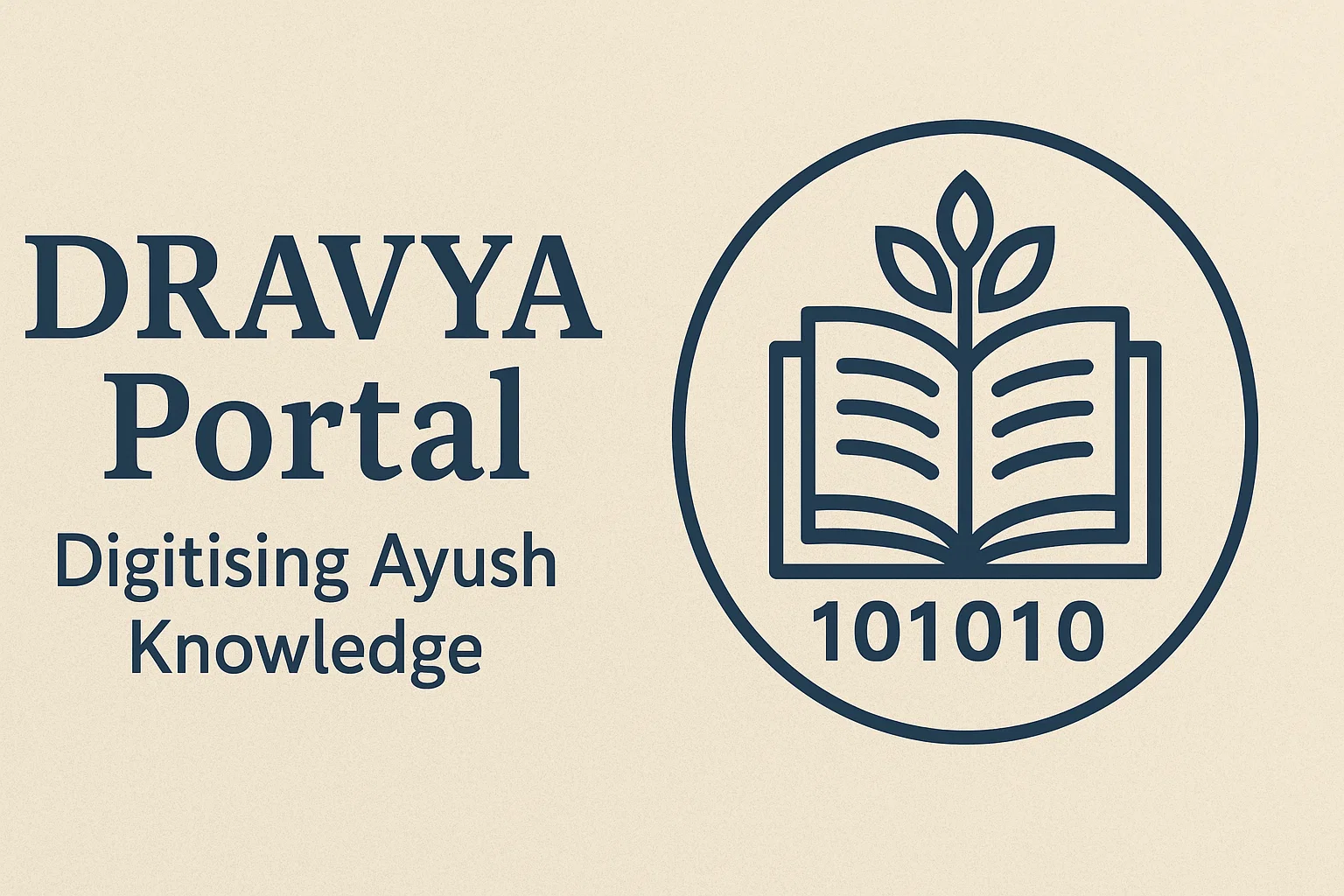Font size:
Print
India’s Bold Path to Greener Skies
Sustainable Aviation Fuel Revolution: Powering India’s Greener Future
Greener Skies: Indian Oil Corporation (IOC) plans to begin commercial-scale production of sustainable aviation fuel (SAF) at its Panipat refinery by December 2025, after securing global certification. The company will produce 35,000 tonnes annually using used cooking oil sourced from hotels, restaurants, and food chains like Haldiram’s.
What is Sustainable Aviation Fuel (SAF)?
- Sustainable Aviation Fuel (SAF) is a biofuel produced from renewable feedstocks such as used cooking oil, agricultural residues, algae, and ethanol.
- Its chemical properties are almost identical to Aviation Turbine Fuel (ATF) derived from crude oil, making it a ‘drop-in fuel’ that can be blended with conventional jet fuel without modifying aircraft engines or airport fuelling systems. Airbus, for instance, certifies its fleet to operate on up to 50% SAF blend.
- Globally, SAF is recognised as the most scalable solution for aviation decarbonisation, expected to account for over 60% of emission reductions in the sector (IEA, 2023).
What are the benefits of SAF?
Case Study: Indian Oil Corporation’s Panipat Refinery is set to produce 35,000 tonnes per year of SAF from used cooking oil, sufficient to meet India’s initial 1% blending mandate for international flights by 2027. It is India’s first plant to secure ISCC CORSIA certification, the global standard for aviation biofuels.
- Emission Reduction: SAF reduces lifecycle greenhouse gas (GHG) emissions by up to 80% compared to fossil ATF (International Civil Aviation Organisation, ICAO).
- This aligns with India’s Net Zero by 2070 commitment and ICAO’s net-zero aviation target by 2050.
- Energy Security: SAF utilises domestic waste streams (e.g., used cooking oil), reducing dependence on crude imports. India imported nearly 87% of its crude requirement in 2023-24 (Economic Survey 2023-24).
- Waste Management: Redirecting discarded cooking oil and residues towards SAF production addresses the environmental and health hazards of waste oil disposal.
- Export Potential: With Europe already mandating SAF blending (ReFuelEU Aviation law, 2023), India’s production can cater to international airlines, generating foreign exchange.
What measures have been taken to augment the SAF ecosystem in India?
- Policy Framework:
- National Policy on Biofuels (2018, amended 2022): Extended scope to include SAF pathways.
- National Biofuel Coordination Committee (NBCC): Set blending targets of 1% in 2027 and 2% in 2028 for international flights.
- CORSIA Compliance: India has committed to ICAO’s Carbon Offsetting and Reduction Scheme for International Aviation.
- Industrial Initiatives:
- IOC’s Panipat SAF Plant (2025): Based on used cooking oil-to-jet technology from French firm Axens.
- Upcoming Alcohol-to-Jet Pathways: Indian refiners are exploring ethanol-based SAF production, diversifying the feedstock base.
- Research & Development:
- Council of Scientific and Industrial Research–Indian Institute of Petroleum (CSIR-IIP): Developed processes for the hydroprocessed esters and fatty acids (HEFA) route to SAF.
- Pilot flights in India—SpiceJet (2018) and IndiGo (2022)—successfully tested SAF blends, proving operational feasibility.
- International Alignment: India’s road map is designed to synchronise with global targets. The Economic Survey 2022-23 highlighted SAF as a “critical enabler” for India’s green growth and energy transition in aviation.
Subscribe to our Youtube Channel for more Valuable Contefnt – TheStudyias
Download the App to Subscribe to our Courses – Thestudyias
The Source’s Authority and Ownership of the Article is Claimed By THE STUDY IAS BY MANIKANT SINGH





